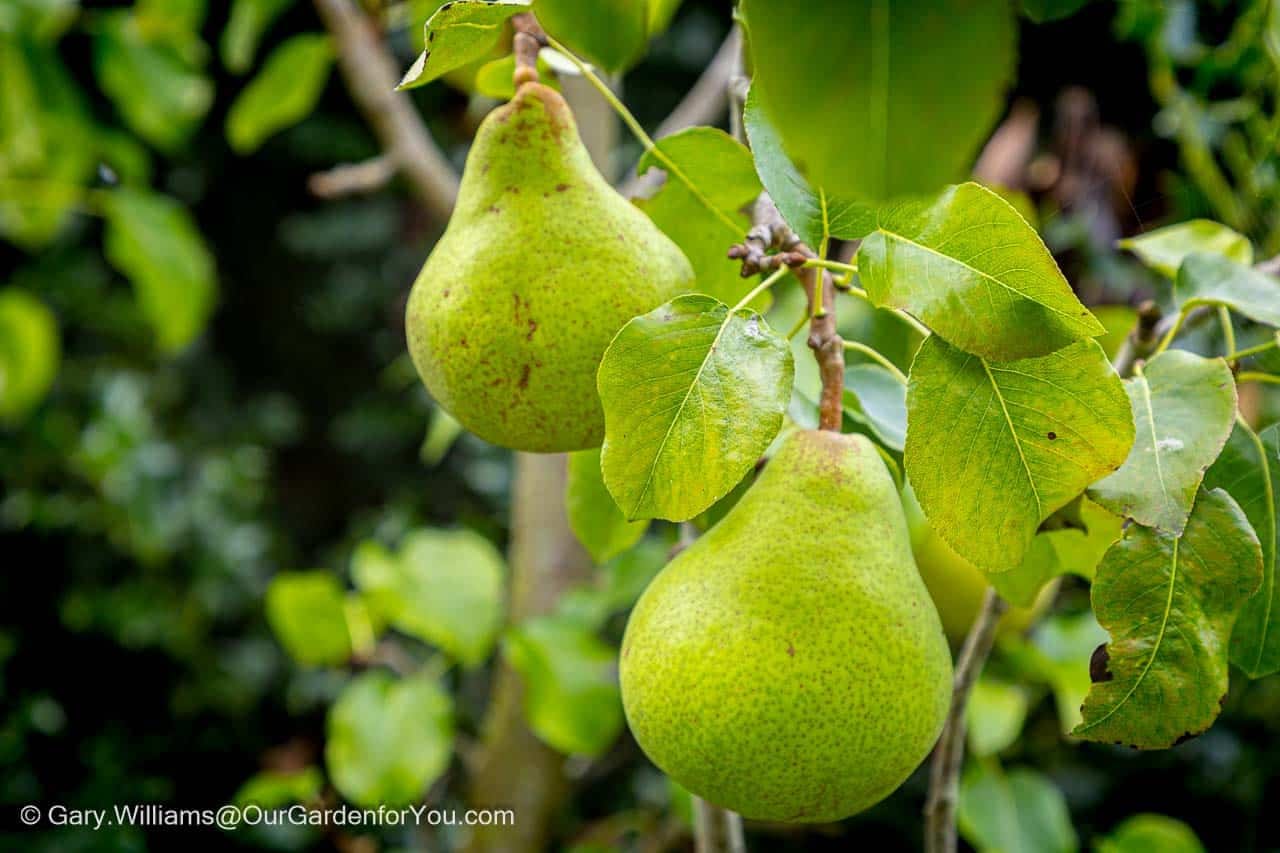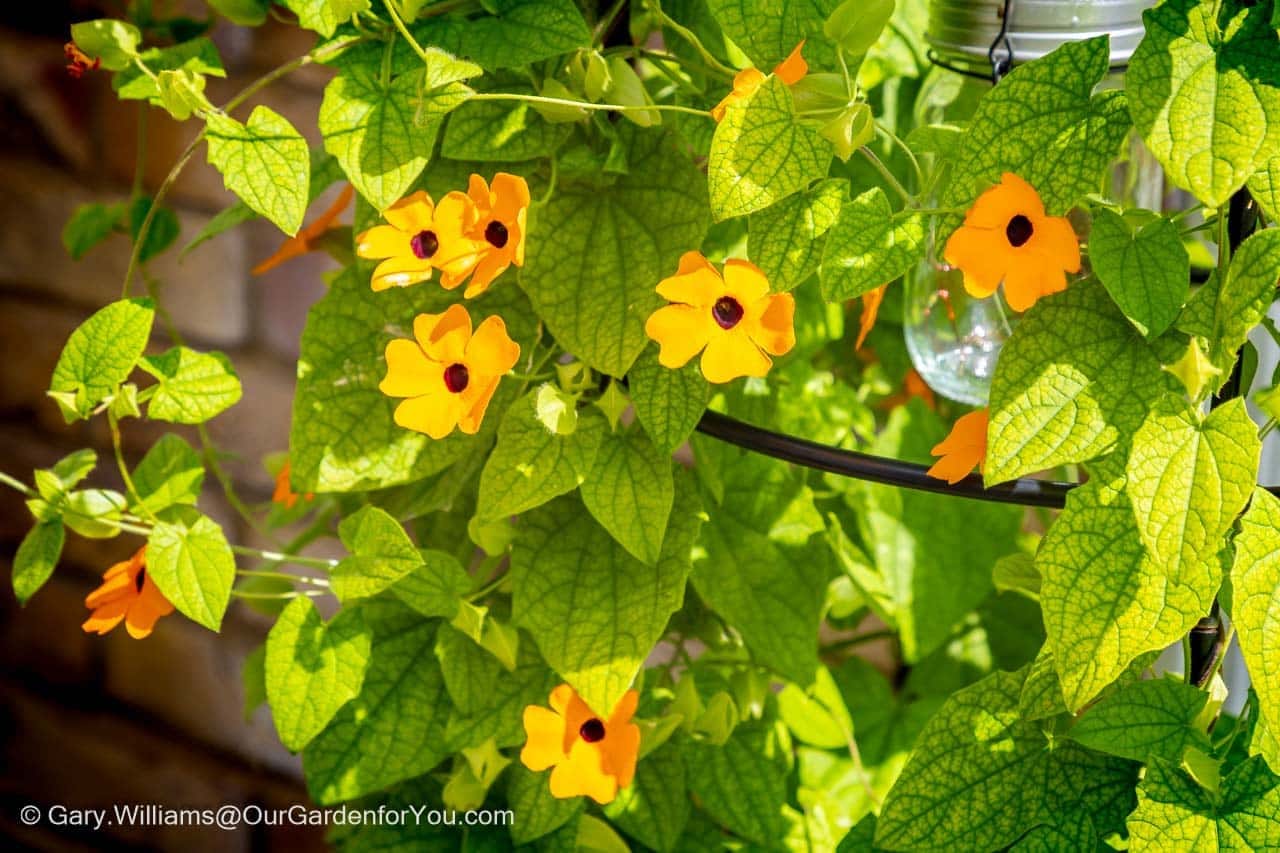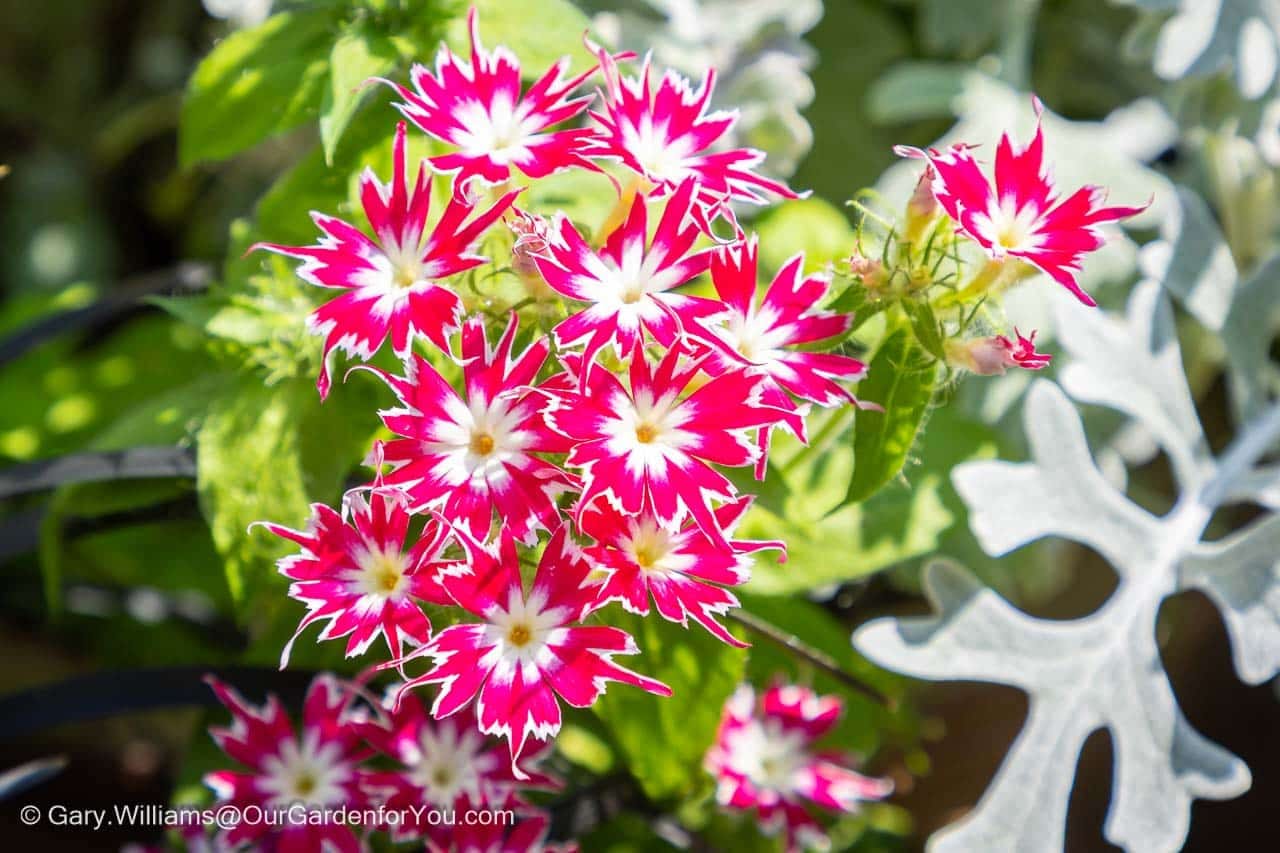Feeling hot, hot, hot
Well, I’m going to be proud of myself here and say my chillies have been a success.
Yes, it may have been a bit of a slow start; however, in my defence, I was conducting a little experiment to see if I could double-bluff my outdated seeds.
Needless to say, I couldn’t, and the old seeds came to nothing, so a trip to the local garden centre was on the cards to see what we could find.
Pinterest?
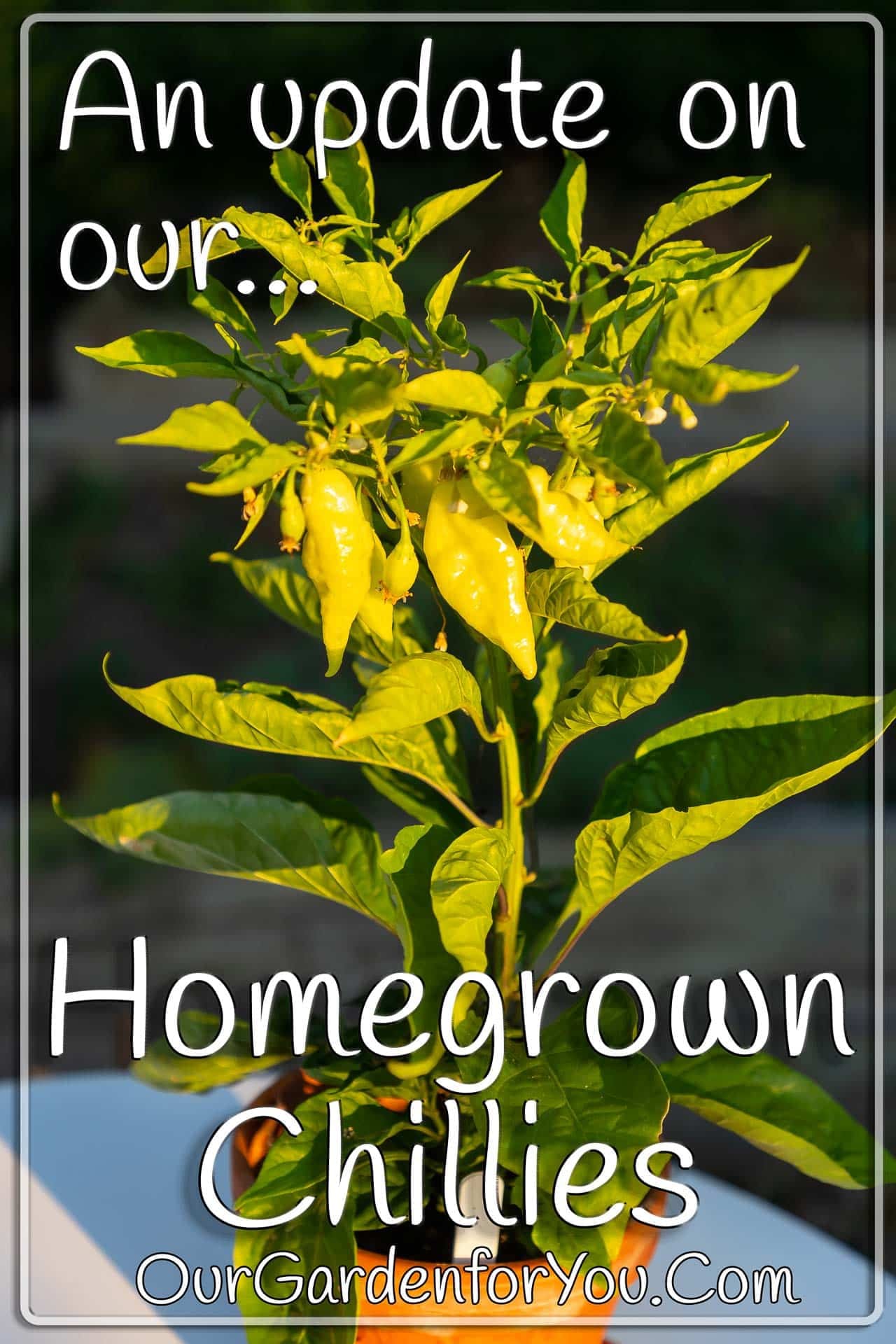
Our choice of chillies
A couple of old faithfuls and a little something differentDuring our visit to the garden centre, we purchased three types of chilli: Jalapeño, Habanada and Zimbabwe Black. I’d never heard of Zimbabwe Black chillies before, and as I have relatives that live in Zimbabwe, I was quite drawn to them.
Early April, my new seeds were sown, and we waited anxiously for them to start sprouting.

Just as a point to note, Gary said he wanted plenty of chillies, and we should sow all of the seeds. So, I followed his request, and now we have a profusion of chillies.
Even though I did give some away, we still have five Jalapeño, two Habanada and five Zimbabwe Black.
Zimbabwe Black chilli
Purple chillies, who knew?I must say that Zimbabwe Black chilli plants are extremely attractive just as plants; that’s even before they’ve given you a bountiful supply of chilli peppers.
The plants grow upright, and their delicate leaves and stems are a beautiful dark purple colour. Then the magic starts happening, and their tiny violet blooms appear and hey presto! An abundance of slim vertical purple chillies starts forming.
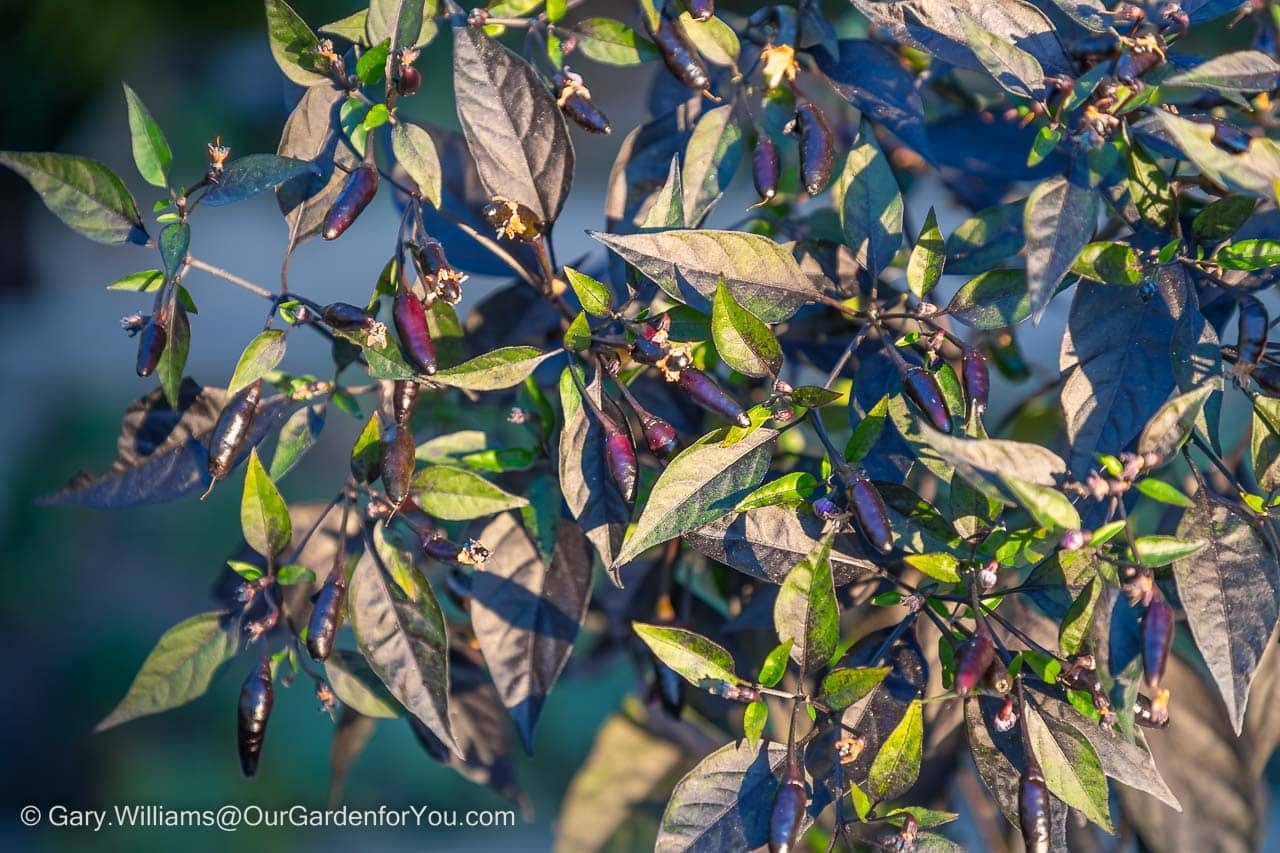
At the moment, the Zimbabwe Black chillies are still in their deep purple phase; however, give it a few weeks and the fruit will be transitioning into slim bright red chillies.
The chillies that the Zimbabwe Black produce are mild to medium heat.
Potting on the chillies
A bit of a mistake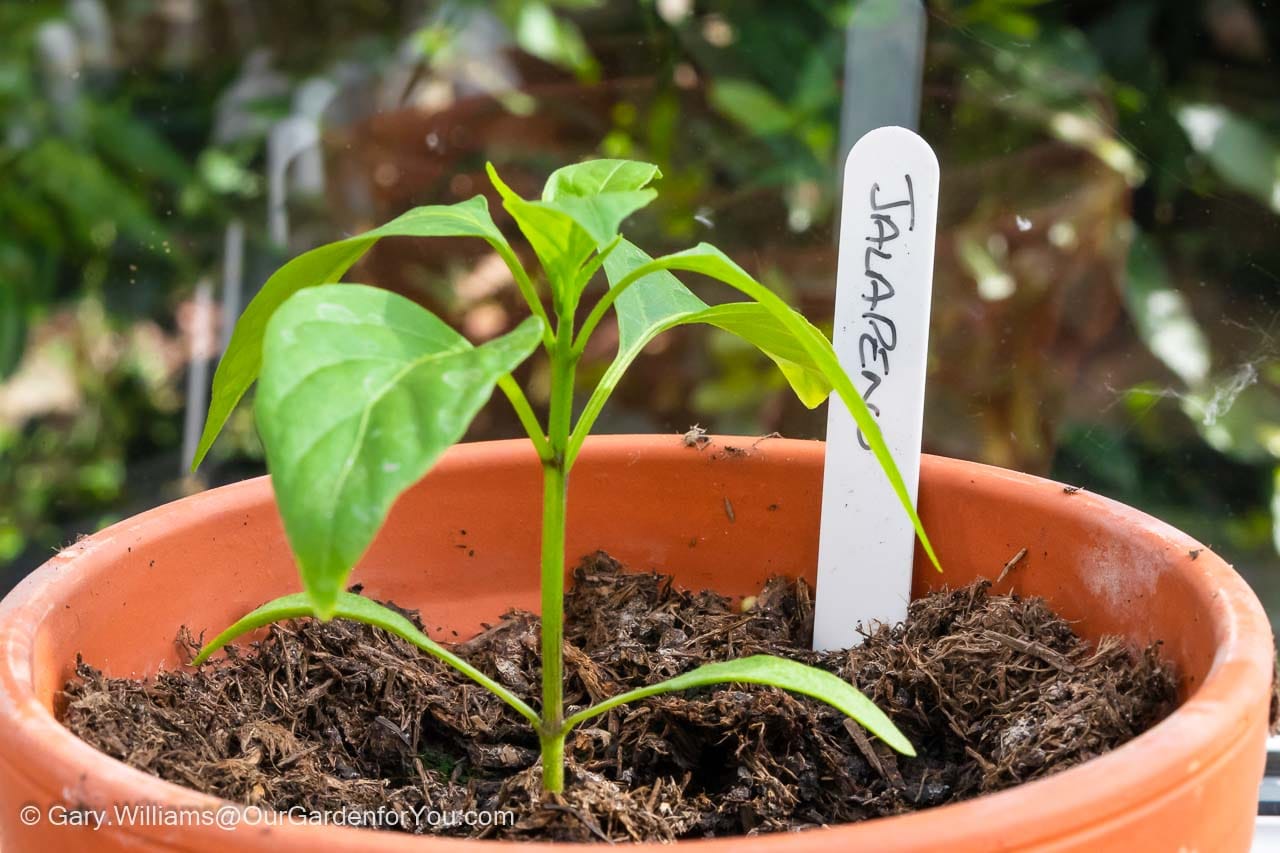
We lost one seedling, but with a little TLC, the rest survived. We kept our chillies in the conservatory for a while as we didn’t want them to succumb to the typical mixed weather that we have in the UK.
Having said that, we live in the southeast of England, and the weather has been scorchio for the last month or so, and we’ve been going through a bit of a heatwave.
So, after two or three weeks in the conservatory to get the chillies established in their new pots, we moved them outside to our courtyard patio.
They came on a treat.
Growing Jalapeño chillies seeds
A delectable favouriteOur Jalapeño chilli seeds were Suttons, and they all germinated perfectly.
The Jalapeño is an upright plant and will reward you with so many delicious chillies. The leaves and stem are a luscious green, and the dainty flowers will fade away and leave you with tiny little green chillies beginning to dangle like a pendant.

It doesn’t take long, and the dark green chillies suspend from the sturdy branches like a pendulum.
The Jalapeño chillies produce a mild to medium heat. If you leave them to ripen, your chunky little chillies will slowly turn bright red.
Chilli Pepper Habanada
Habanero’s milder sisterOur Habanada chillies are also coming along well; they were a bit of a slow burner although that may have been my fault as I potted them onto an oversized pot. But hey, they’re looking good now.
I believe the Habanada is similar in look and growth to the Habanero chilli but doesn’t quite pack the same punch, which I’m pleased about.
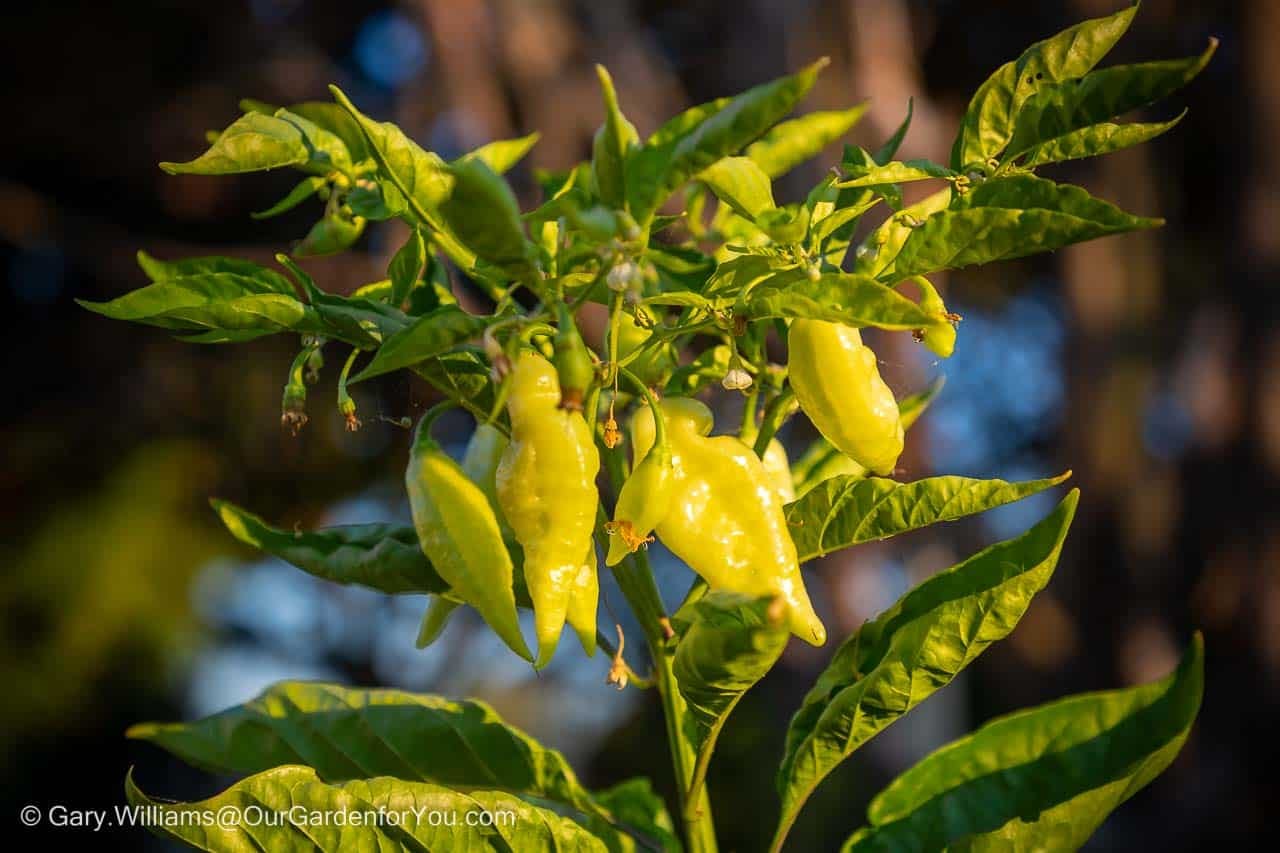
The delightful plant is vibrant green, relatively compact, and a little bushy. The tantalising chillies fall like glorious icicles from the plant and look a little rough and ready with gnarly texture.
We purchased them from the Thompson & Morgan range and will give a wonderful tropical flavour without the big spicey hit. Our Habanada chillies aren’t quite ready to eat yet, but I’m looking forward to trying them.
Cooking with chillies
Keep some chillies for a later dateI can’t wait to start using our homegrown chillies in our cooking. There’s a Chicken Jalfrezi dish that we cook from the Hairy Dieters book, and our Jalapeño chillies will work perfectly for this.
As we didn’t hold back on sowing our chilli seeds, we will have quite a bumper crop, and the ideal option for us to store them is in the freezer.
I have done a little research, and it appears that the best way is to place the whole chillies into a plastic container or a bag. Ensure the chillies are dry as possible; if using a plastic bag, squeeze as much air as you can to reduce icing-up.
We’ll have chillies for weeks and weeks.
* This post may contain links to affiliated sites where we earn a small commission at no additional charge to you.
